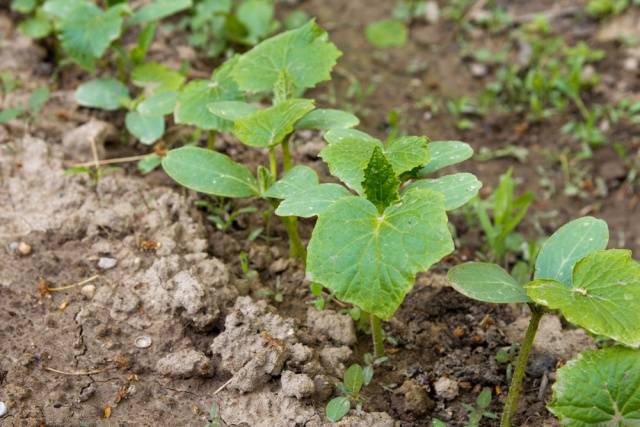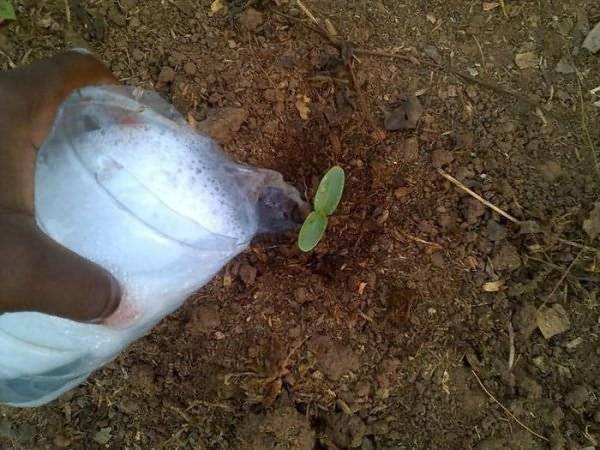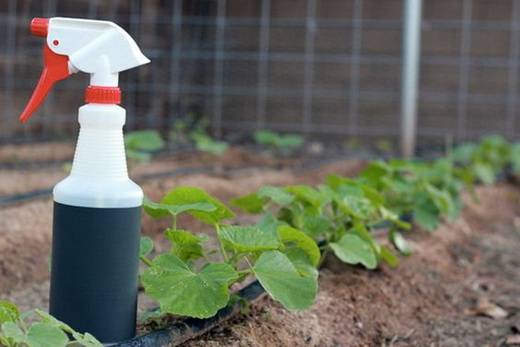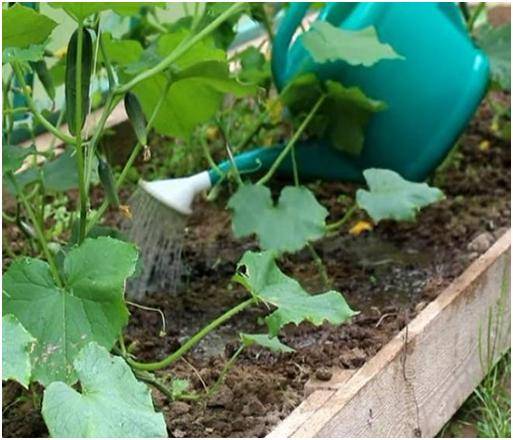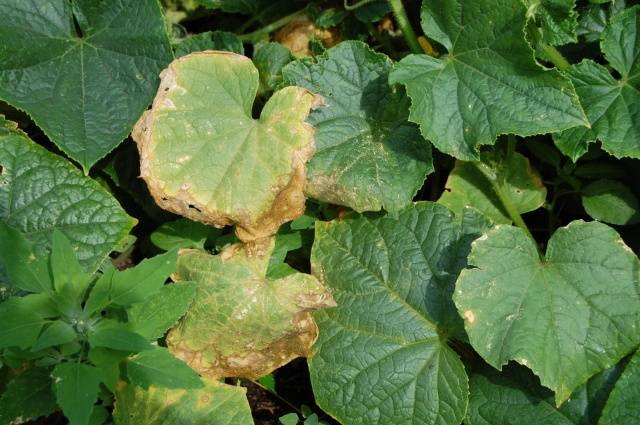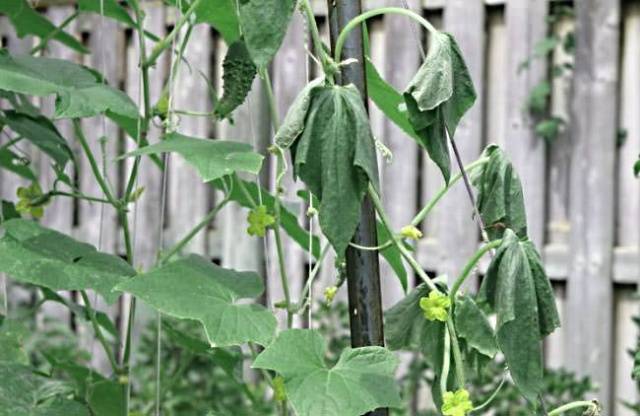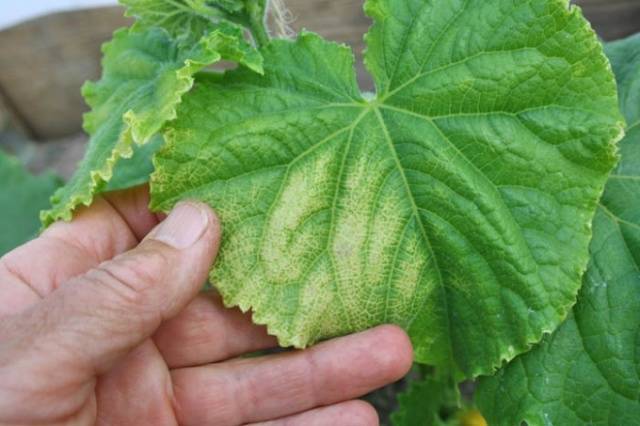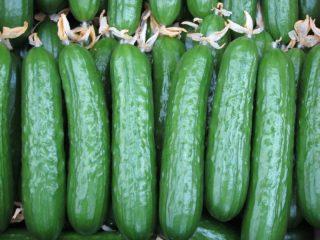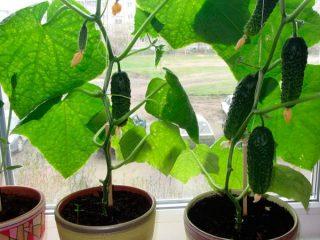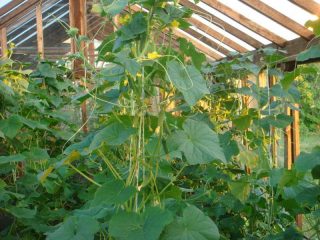Content
By using the right and proven fertilizers, you can significantly improve the quality of your home cucumbers. Such dressings have an effect on the size of the fruit and the amount of the crop. They also directly affect the taste of cucumbers. Fertilizers can increase the keeping quality of fruits, as the composition of the pulp is optimized.
It is very convenient that today there is a huge number of ready-made complex fertilizers containing all the necessary minerals. Such fertilizers do not need to be mixed with other ingredients. They are easy to use, because usually feeding is simply diluted with water or sprinkled on the soil. This saves gardeners from additional worries. To prepare a mineral mixture on your own, you need to know the proportions and follow them exactly. Rodnichok is such a versatile fertilizer. This remedy has gained great popularity, as it has a positive effect on the seedlings of cucumbers, makes them strong and healthy. Further in the article, we will consider what composition this feed has, and also see how to use it correctly.
What do cucumbers need
It is impossible to say exactly which fertilizer is most suitable for cucumbers. The fact is that the composition of the feed should vary depending on the cultivation method (greenhouse or open ground) and soil fertility. It is also important to consider what nutrients cucumbers need during seedling growth, after planting in the ground and during fruiting.
Considering the needs of cucumbers, the following fertilizers are the most popular:
- manure and other organic fertilizing;
- fertilizers based on potassium;
- nitrogen mineral fertilizers;
- superphosphate;
- urea;
Fertilizers for greenhouse cucumbers
For cucumbers to grow well in a greenhouse, it is necessary to precisely follow the proportions of the introduction of individual microelements. Fruit development will deteriorate significantly if some substances are more than needed, and others less. The most popular fertilizers for cucumbers are phosphorus, potash and nitrogen. When using them, you should take into account the needs of cucumbers.
When growing cucumbers in a greenhouse, plants simply need nitrogen. Such fertilizers have a very positive effect on the growth of green mass and help to form fruits. Fertilizer containing nitrogen is used throughout the growing season. Also nitrogen fertilizers are great for soil preparation in autumn or spring.
Phosphoric fertilizers are needed for cucumbers in order for the ovaries to form, and, accordingly, the fruits. You can determine the lack of phosphorus by the leaves of plants. If the outer parts of the sheets change color to dark, this means that it is time to add this substance.
Potash fertilizers are applied throughout the entire growth of plants. This substance helps transport other minerals from the roots throughout the bush. Also potassium is responsible for the resistance of cucumbers to diseases and pests. It improves the palatability of the fruit and makes the plants resistant to temperature changes.
Most of all, cucumbers, which are grown on the balcony, need mineral fertilizers. The fact is that the soil in the garden has the ability to independently regulate its composition.When growing cucumbers in a small box or pot, you will need to add enough nutrients. In this case, it is better to use special complex fertilizers containing all the most important minerals. The easiest way is to use liquid fertilizers. Even an inexperienced gardener can easily cope with this type of fertilizer.
Top dressing of cucumbers in the open field
Cucumbers planted on the site are usually fed with organic fertilizers. They can be prepared on their own using materials at hand. Experienced gardeners recommend using chicken droppings or manure for this. To prepare a nutrient solution based on cow dung, it is necessary to combine 10 liters of water and 1 liter of manure in one container. Each cucumber bush is watered with this mixture at the rate of 1 liter per plant. In the same way, feeding cucumbers with chicken droppings.
Ordinary wood ash has a very good effect on cucumbers. It is simply sprinkled on the soil, and then watered so that the nutrients penetrate inside. Effectively use yeast for feeding cucumbers. Fertilizers based on them contain proteins, iron and essential amino acids. A similar effect on cucumber seedlings has a dressing made from ordinary of bread.
Fertilizer properties for cucumbers "Rodnichok"
Fertilizer "Rodnichok" contains many minerals that cucumbers need. It is used for watering plants in the form of an aqueous solution. Typically "Rodnichok" is packed in packages of 50 grams, but you can also find large packs with feeding of 1 kg. The fertilizer dissolves easily in water without leaving grains. Suitable not only for cucumbers, but also for zucchini and pumpkins. Can be used throughout the entire growth of plants.
Composition of the Rodnichok complex fertilizer:
- 15% potassium.
- 13% phosphorus.
- 9% nitrogen.
Many gardeners use this particular fertilizer and have noticed a number of important advantages:
- increasing the yield of cucumbers;
- provides plants with all the necessary trace elements;
- does not contain chlorine and other harmful components.
Fertilizer use "Rodnichok"
Fertilizer can be used to enrich the soil with nutrients before planting cucumbers. Also, with its help, the soil is prepared in the fall. If the soil was previously used and fertilized, then about 45-50 grams of the substance will be needed per 1 square meter. If this site is used for growing vegetables for the first time, then 60–70 grams of fertilizer should be applied.
It is more efficient to add "Spring" directly into the hole. To do this, up to 15 grams of fertilizer is placed in the holes prepared for planting cucumbers. This can be done in 2 ways:
- Fertilizer is mixed with soil and placed on the bottom of the hole.
- Fertilizer is applied to the bottom of the hole, and then lightly sprinkled with soil. Only then can seedlings or seeds be planted.
During the growing season, fertilizer can be applied no more than 3 times. For 1 square meter of a bed, you need only 20 grams of "Spring". The first time the cucumbers are fed during the period of ovary formation. Further, feeding is done every 2 weeks or as needed.
This fertilizer can be applied both dry and by watering the plants. In the first case, "Spring" is scattered over the surface in a dry form. Then you should dig up the soil so that the fertilizer gets into the depths. If the soil is not moist enough, then after that it must be watered. Fertilizer solution "Rodnichok" is usually used during the formation of the first leaves on plants, as well as during the growth of green mass.
Signs of excess nutrients
Even using complex fertilizers, it is not always possible to guess with the ratio of the amount of minerals. An excess of even the most useful substances can adversely affect the growth and development of cucumbers. As a consequence, it will be useless to count on a good harvest. And an excessive amount of certain minerals can even negatively affect human health.
To help the seedlings in time, it is necessary to monitor the condition of the sprouts. Signs of excess fertilization may include the following:
- due to the large amount of potassium, plants do not absorb nitrogen well... As a result, the shoots become thin and lifeless, the leaves brighten and gradually dry out;
- excess nitrogen contributes to the fact that the stems of cucumbers become too thick, the green mass grows rapidly, and the ripening of the fruits, on the contrary, is significantly delayed... Such fruits will turn out to be very small. They may also contain nitrate, which is dangerous for the human body. The immunity of cucumbers is weakened, which is why they often get sick with various fungal diseases;
- excess phosphorus immediately affects the condition of the leaves... Non-critical spots appear on them, and then the foliage completely falls off. The plant begins to absorb potassium poorly, and the aging process is much faster.
Signs of lack of mineral elements
It is also possible to determine the lack of nutrients with a close examination of the plants. Noticing the following signs, you must immediately change the composition of the feed:
- lack of nitrogen affects the general condition of plants... They become exhausted and lethargic. Due to the lack of this element, the stems will be thin and hard. The leaves fade and turn light green. As a result, the fruits will grow small, and there will be very few of them. The fruits will grow and develop very slowly. Also, to the signs of a lack of nitrogen, you can add the sharpening of the tips of the fruits;
- insufficient amount of magnesium can be identified by brittle and burnt leaves... They take on a pale green or yellow color. Spots appear on the lower leaves;
- lack of potassium first of all manifests itself on the leaves of cucumbers. A light yellow border forms on their edges.... The leaves themselves darken and become round. Fruits grow poorly in length, noticeably rounded. Cucumbers taper near the stalk. The plant itself quickly loses strength and begins to wither;
- the need for calcium in cucumbers will be noticeable by the characteristic light stripes on the leaves. Over time, they are able to expand. This can cause the leaves to become brittle and wither over time. The inflorescences begin to rot, and in the future the disease can go to the root system and the plant as a whole;
- insufficient phosphorus can lead to dry spots on the leaves... In this case, not the upper, but the lower leaves suffer more. As a result, the plant stops growing normally, and all ovaries and flowers simply fall off.
Conclusion
As we have seen in this article, proper nutrition is very important for cucumbers. Each gardener selects the feeding method that is most suitable for his site and the variety of cucumbers. It is very convenient to use ready-made complex fertilizers, such as "Rodnichok". It contains enough nitrogen, potassium and phosphorus for cucumbers.
It is also used to fertilize squash, squash and pumpkin. This feeding can be applied in autumn and spring to prepare the site for planting cucumbers. It is also used to water the sprouts and apply dry food. It is very important to fertilize cucumbers with this preparation during the period of ovary formation. Also, plants need feeding during active fruiting. The instructions on the package will tell you how to apply the fertilizer correctly.
